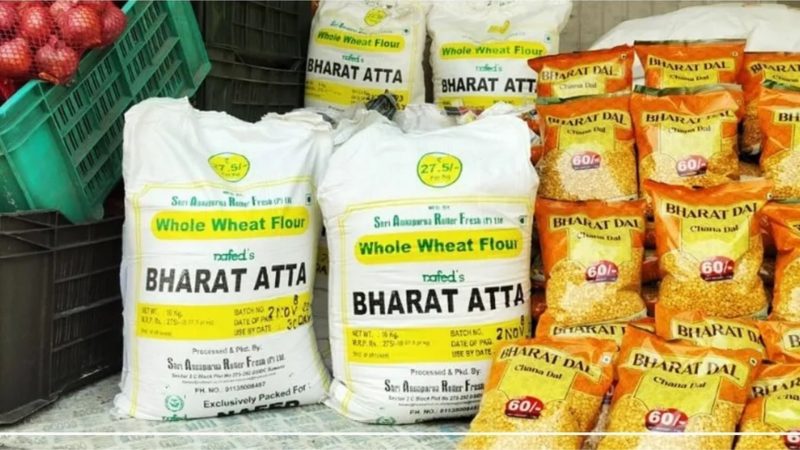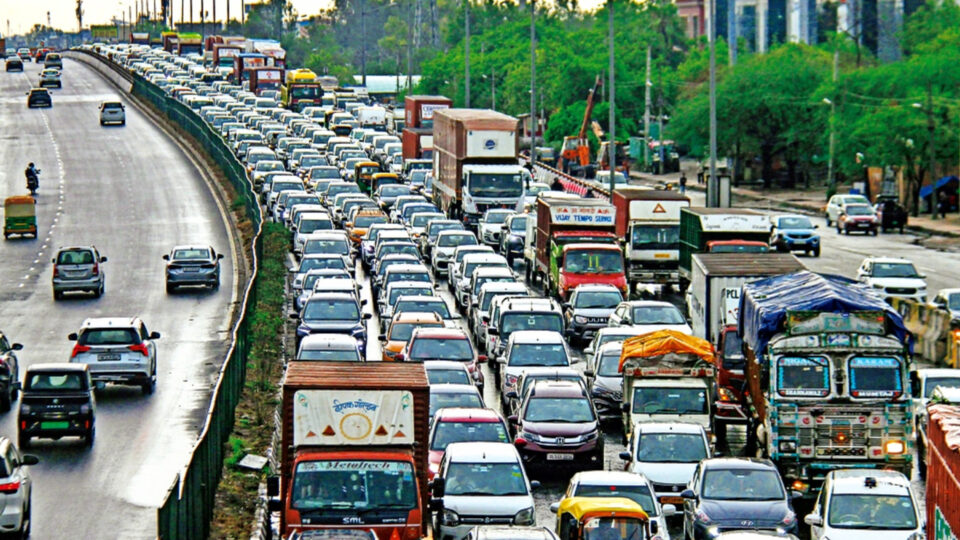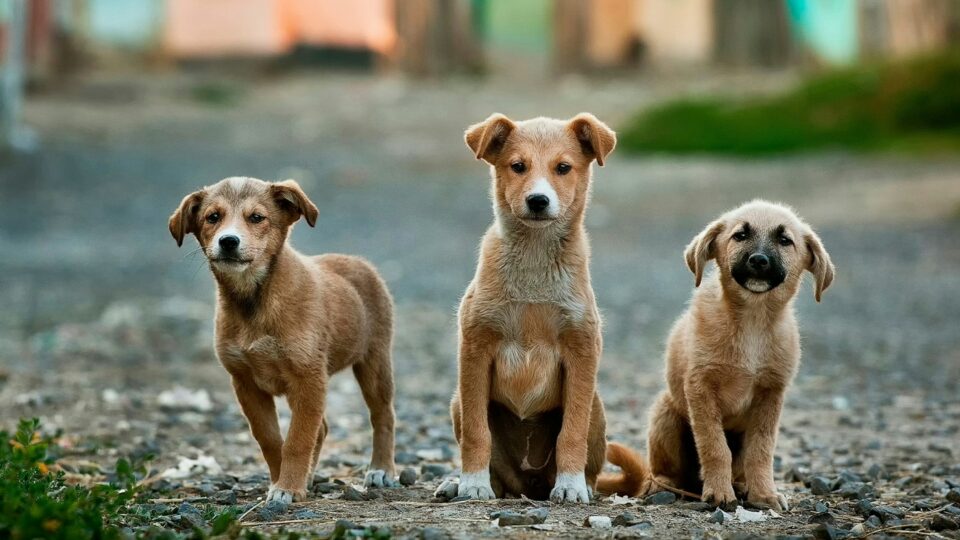
What is Bharat Dal? Read More About The Modi Government’s New Pulse Brand
To keep consumer food costs under control, the government started selling chana dal at discounted prices under the brand name “Bharat Dal.” Bharat Dal, which costs Rs 60 per kg for a 1-kilogram package and Rs 55 per kg for a 30-kg pack, has become the most popular brand in India very fast.
Where To Find Bharat Dal?
Bharat Dal may be easily found in several shops that are regulated by entities like NAFED, NCCF, Kendriya Bhandar, and Safal. It is also readily available for purchase from a variety of e-commerce platforms. To improve accessibility even more, state governments can buy chana dal to be distributed through businesses and cooperatives under their control for welfare programs.
Government’s Measures To Stabilise Prices
To maintain constant pulse prices, the government maintains stocks of essential pulses such as chana, tur, urad, moong, and masur in the Price Stabilization Fund (PSF) and to manage the pricing, these stocks are selectively released. To boost local availability and maintain reasonable costs, the government has also eliminated import charges on tur and urad until March 31, 2024, and lowered import duties on masur to zero to discourage hoarding, the Essential Commodities Act of 1955 additionally imposed stock limitations on tur and urad.
The Success of Bharat Dal
According to reports, Consumer Affairs Secretary Rohit Kumar Singh commented on the government’s “Bharat” labelled chana dal’s quick rise in popularity. When it was first introduced in October 2023, it immediately gained an additional portion of the market due to its cheaper pricing of Rs 60 per kg as opposed to other brands that were charging about Rs 80 per kg.
Singh highlighted the notable reaction to Bharat-branded chana dal, which currently makes up around 1.8 lakh tons per month of the country’s chana dal consumption. Over 2.28 lakh tons of Bharat brand chana dal have been sold since its introduction, with an average of 45,000 tonnes sold each month.
The Bharat brand of chana dal, which was first offered at 100 retail locations, is currently distributed at 13,000 fixed and mobile retail locations in 139 cities throughout 21 states. Singh highlighted that by indirectly affecting the pricing of other pulses through buffer inventories, this strategy has been crucial in containing pulse inflation.
With this effort, the government, working together with five state cooperatives, Nafed, NCCF, and Kendriya Bhandar, is distributing chana dal for the first time under the Bharat brand. These organizations get raw chana from the government, process it, and market it as Bharat. At now, the government keeps 15 lakh tons of chana as a buffer stock.

Introduction Of Bharat Rice
The public can now purchase “Bharat Rice” in retail stores owing to the Modi government. Under the ‘Bharat Rice’ brand, five LMT (lakh metric tonnes) of rice have been set aside for retail. These agencies include NAFED, NCCF, and Kendriya Bhandar. Bharat Rice is offered in 5 kg and 10 kg bags, with a retail price of Rs 29 per kg.
Bharat Rice will be marketed via physical stores and mobile vans run by these three central cooperative entities to guarantee accessibility. Furthermore, there are plans to make it accessible via e-commerce sites and other retail chains.
The slow demand for rice among bulk buyers under the Open Market Sale Scheme (OMSS) is being addressed by this program. The government wants to generate public interest by allowing retail sales of FCI rice, building on the popularity of other basic goods like “Bharat Atta,” which is sold for Rs. 27.50 per kg, and “Bharat Chana,” which is offered for Rs. 60 per kg through similar channels.



